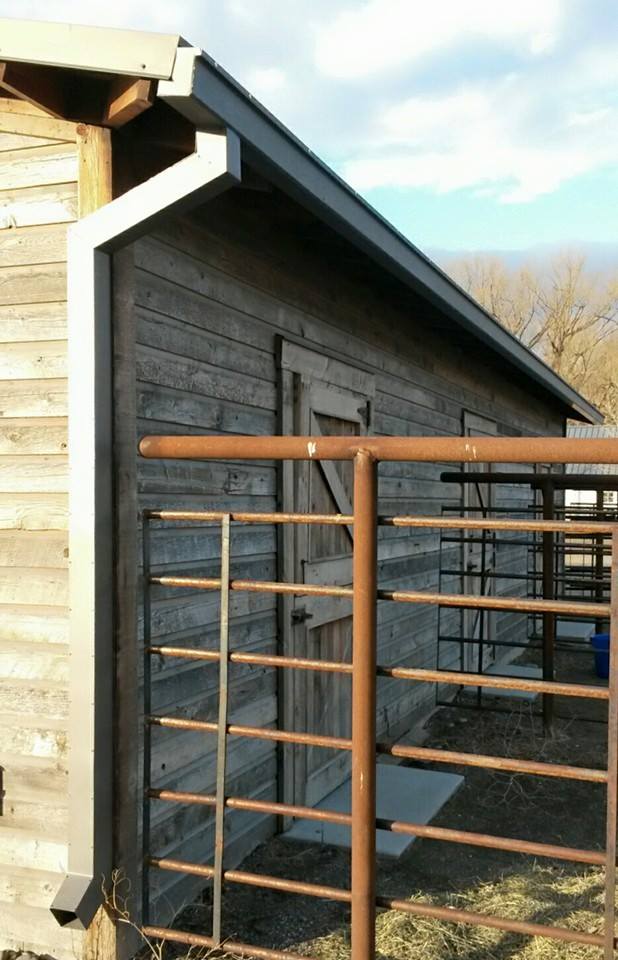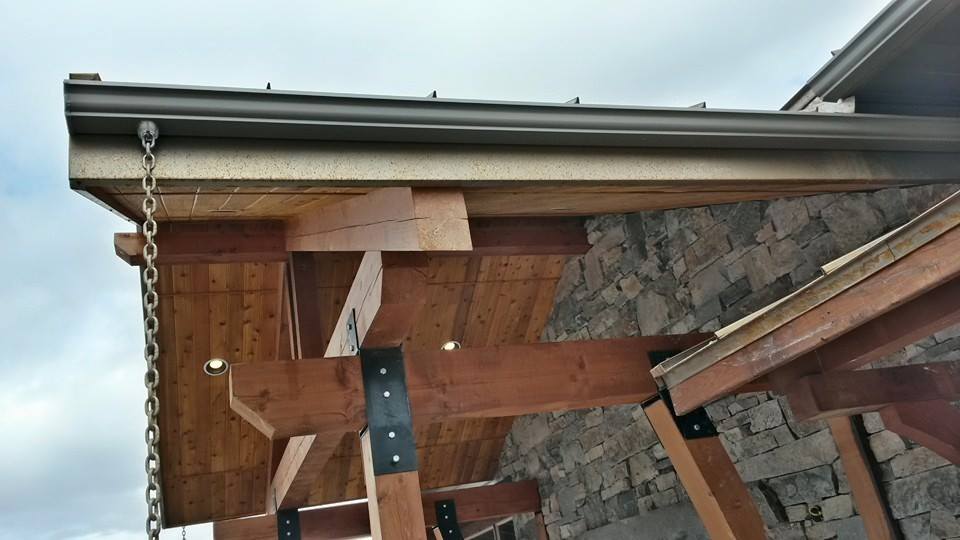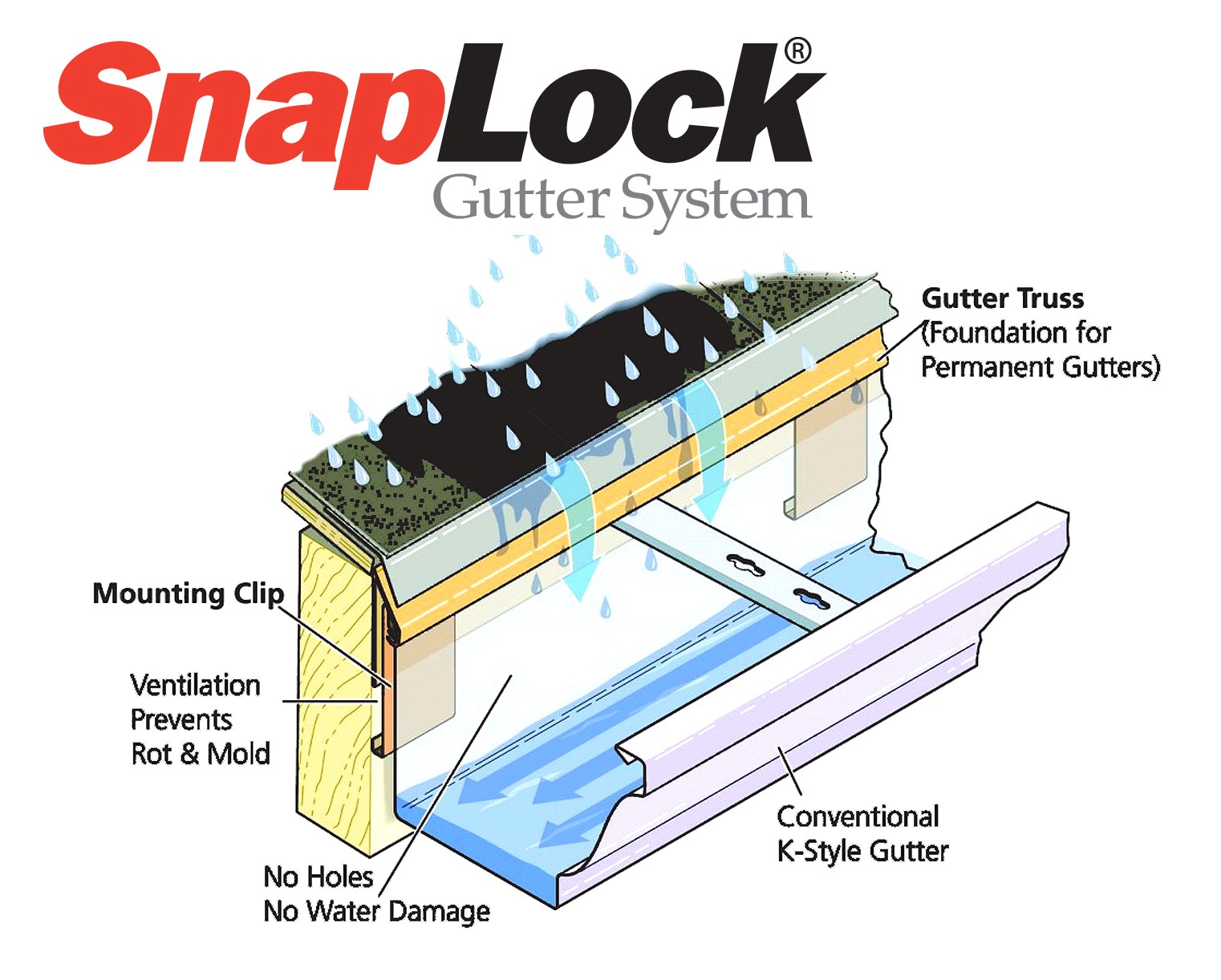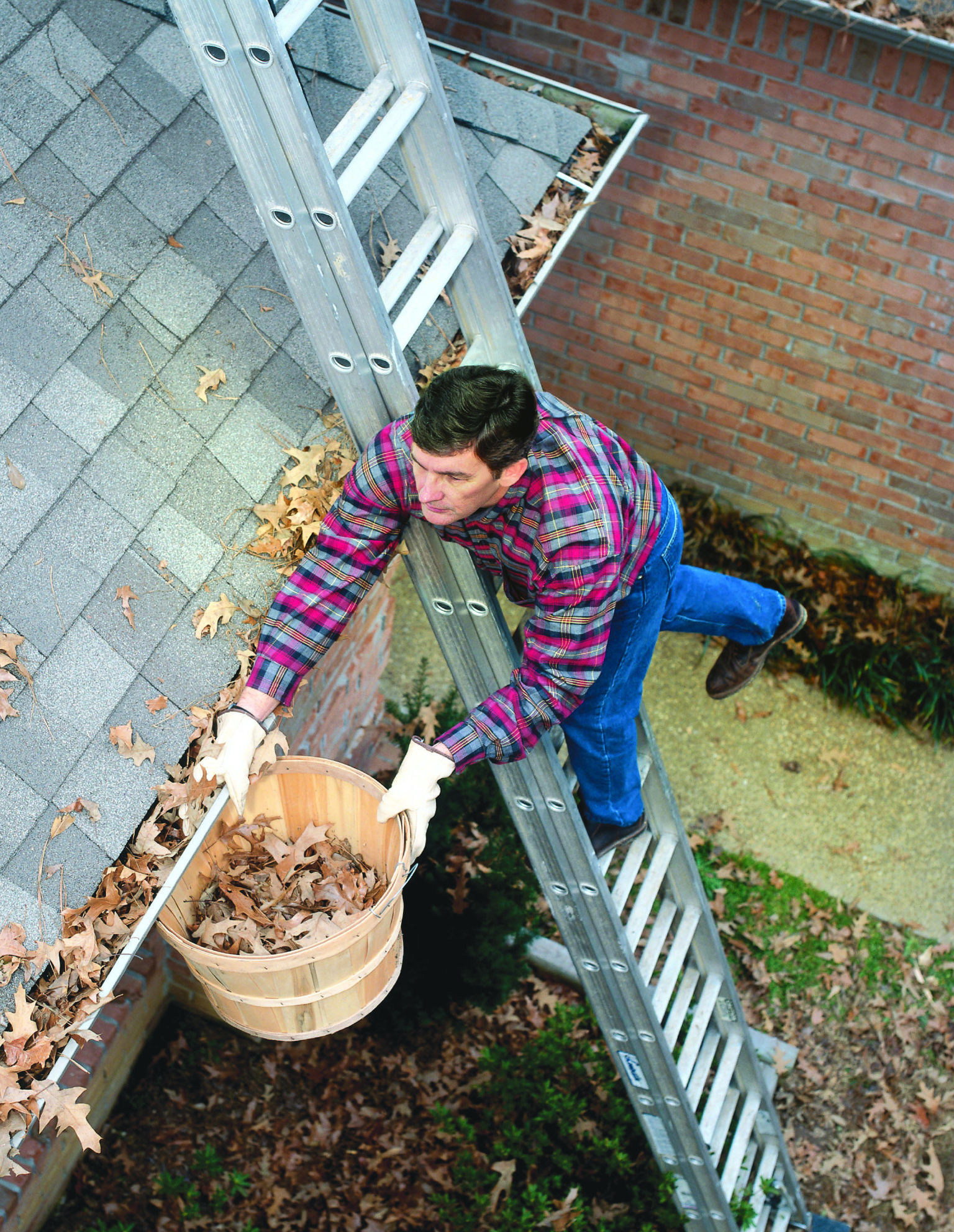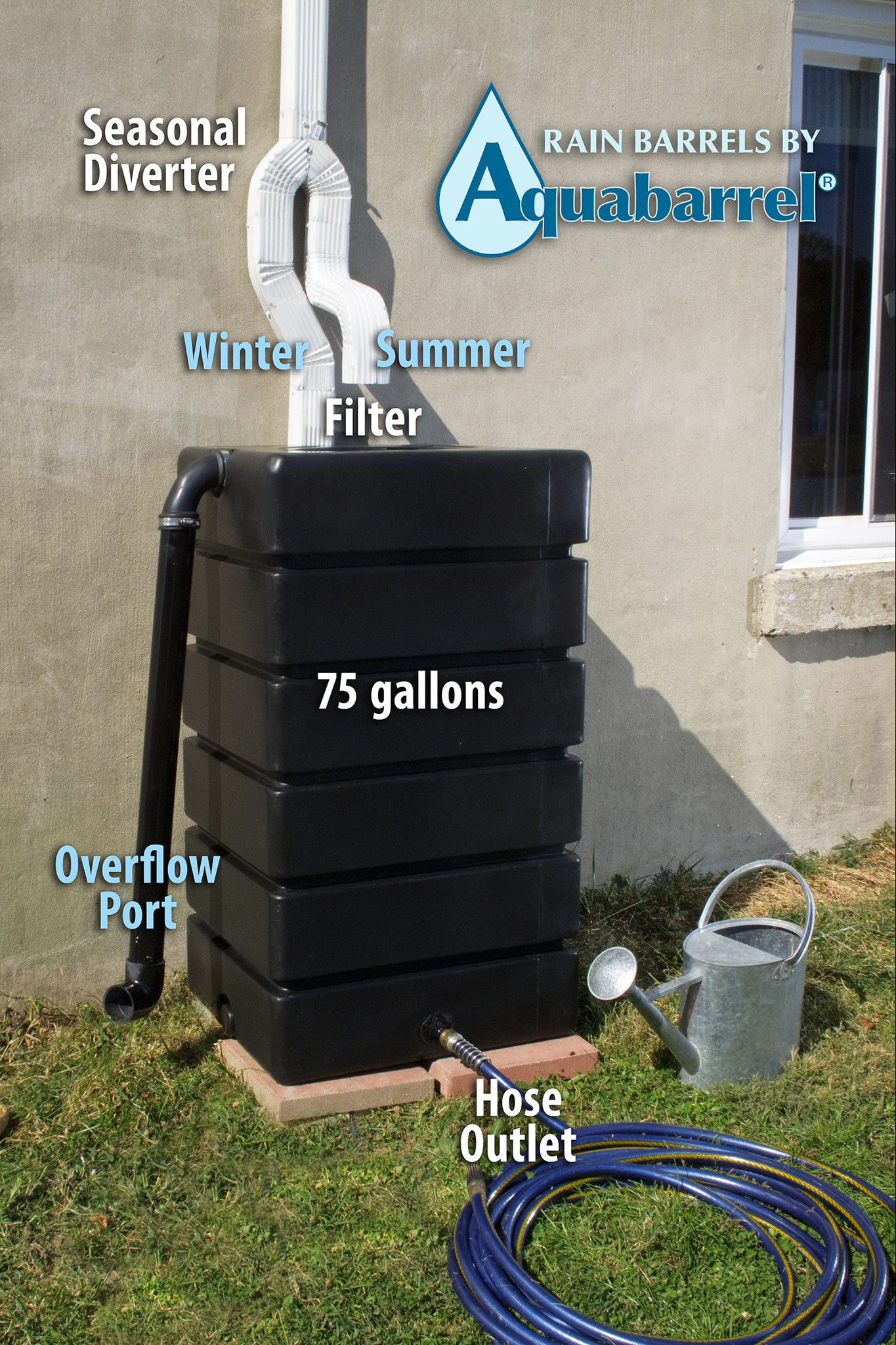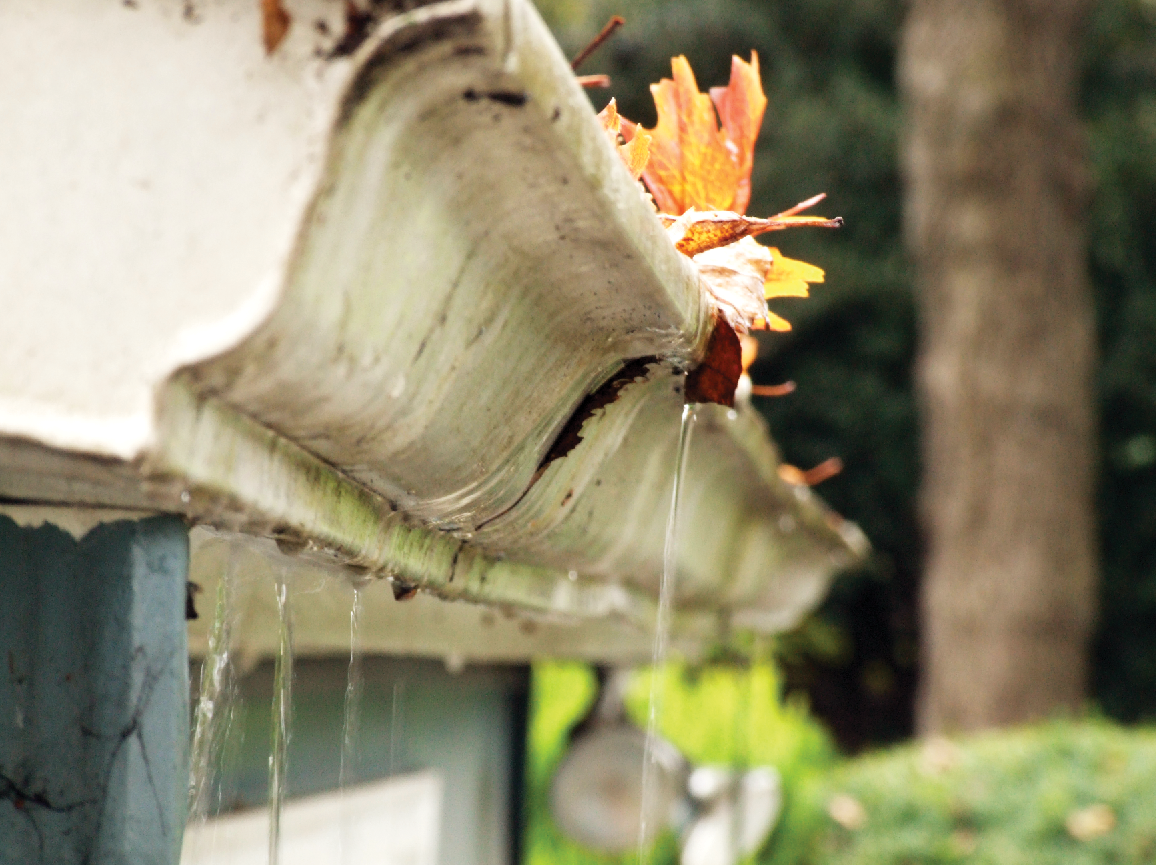
When it’s time to install or replace your home’s gutters, one of the first decisions you’ll face is what material to choose. Aluminum, copper, and vinyl are three of the most popular options — each with its own pros, cons, and best-use scenarios. So which one is right for your home?
Let’s break it down.
________________________________________________________________________________________________________________________________________________________________________________________________________________________________________________
Copper Gutters: The Premium Pick
Pros:
Unmatched Aesthetic Appeal: Copper gutters develop a beautiful patina over time, adding timeless charm to older or upscale homes.
Extreme Durability: Copper can last 50 years or more with proper maintenance.
Low Expansion/Contraction: They maintain their shape well in varying temperatures.
Corrosion-Resistant: Copper is naturally resistant to rust and corrosion.
Cons:
High Cost: Copper is the most expensive gutter material—often 3 – 4 times more than aluminum or vinyl.
Professional Installation Required: It’s not DIY-friendly and usually requires soldered joints.
Color Changes Over Time: Not everyone likes the aged green patina.
Best For: Historic or luxury homes where aesthetics and longevity matter most.
________________________________________________________________________________________________________________________________________________________________________________________________________________________________________________
Aluminum Gutters: The Versatile Workhorse
Pros:
Affordable and Widely Available: Aluminum offers a great balance between cost and performance.
Rust-Free: Unlike steel, aluminum doesn’t rust.
Lightweight and Easy to Install: Ideal for both professionals and DIYers.
Customizable Colors: Available in a wide range of finishes to match your trim or siding.
Can Be Seamless: Seamless aluminum gutters reduce leaks and look sleek.
Cons:
Can Dent Easily: Aluminum is softer than copper or steel.
Thermal Expansion:May expand and contract more noticeably in fluctuating climates.
Best For: Most modern homes—especially those seeking value, functionality, and appearance
________________________________________________________________________________________________________________________________________________________________________________________________________________________________________________
Vinyl Gutters: The Budget-Friendly Option
Pros:
Inexpensive: Vinyl gutters are the most budget-friendly option on the market.
Easy to Install: Snap-together design makes them perfect for quick DIY jobs.
No Rusting: Like aluminum and copper, vinyl doesn’t rust.
Cons:
Less Durable: Can crack in cold climates and become brittle with UV exposure.
Shorter Lifespan: Typically lasts 10–20 years, less than aluminum or copper.
Limited Aesthetic Appeal: Fewer color and style options available.
Best For: Rental properties, sheds, or homeowners on a tight budget.
________________________________________________________________________________________________________________________________________________________________________________________________________________________________________________
So, Which Gutter Material Should You Choose?
Copper
Lifestyle: 50+ Years
Cost: $$$$
Curb Appeal: High
DIY-Friendly: No
Durability: Excellent
Climate Suitability: All
Aluminum
Lifestyle: 20-30 Years
Cost: $$
Curb Appeal: Moderate - High
DIY-Friendly: Yes
Durability: Good
Climate Suitability: All
Vinyl
Lifestyle: 10-20 Years
Cost: $
Curb Appeal: Low
DIY-Friendly: Yes
Durability: Fair
Climate Suitability: Mild Only
________________________________________________________________________________________________________________________________________________________________________________________________________________________________________________
Final Thoughts
Your ideal gutter material depends on your priorities—whether that’s appearance, budget, climate resistance, or longevity. Aluminum gutters strike a balance for most homeowners, while copper gutters are perfect for those wanting unmatched quality and style. Vinyl, while affordable, is best reserved for lighter-duty applications.
Need help deciding what’s right for your home? Contact Montana Gutter Soilutions today for a free consultation or estimate (406)222-0846




